-
×
 Fundamentals of Athletic Training and Sports Medicine, 5th Edition (EPUB)
1 × 40 $
Fundamentals of Athletic Training and Sports Medicine, 5th Edition (EPUB)
1 × 40 $ -
×
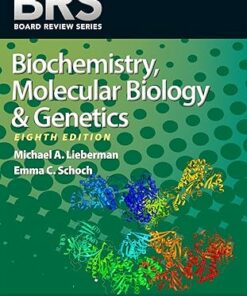 BRS Biochemistry, Molecular Biology, and Genetics (Board Review Series) Eighth Edition (EPUB)
1 × 20 $
BRS Biochemistry, Molecular Biology, and Genetics (Board Review Series) Eighth Edition (EPUB)
1 × 20 $ -
×
 Clinical and Ethical Dilemmas in Palliative and End-of-Life Care (EPUB)
1 × 5 $
Clinical and Ethical Dilemmas in Palliative and End-of-Life Care (EPUB)
1 × 5 $ -
×
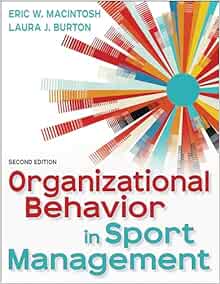 Organizational Behavior in Sport Management 2nd Edition (PDF)
1 × 25 $
Organizational Behavior in Sport Management 2nd Edition (PDF)
1 × 25 $ -
×
 Ethics in Sport, 4th Edition (EPUB)
1 × 30 $
Ethics in Sport, 4th Edition (EPUB)
1 × 30 $ -
×
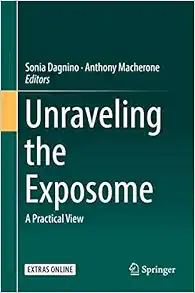 Unraveling the Exposome: A Practical View (PDF)
1 × 5 $
Unraveling the Exposome: A Practical View (PDF)
1 × 5 $ -
×
 Measurement and Evaluation in Human Performance, 6th Edition (PDF)
1 × 25 $
Measurement and Evaluation in Human Performance, 6th Edition (PDF)
1 × 25 $ -
×
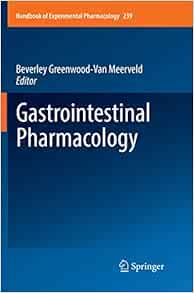 Gastrointestinal Pharmacology (Handbook of Experimental Pharmacology, 239) (PDF)
1 × 5 $
Gastrointestinal Pharmacology (Handbook of Experimental Pharmacology, 239) (PDF)
1 × 5 $ -
×
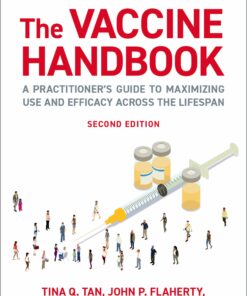 The Vaccine Handbook: A Practitioner’s Guide to Maximizing Use and Efficacy across the Lifespan, 2nd Edition (EPUB)
1 × 7 $
The Vaccine Handbook: A Practitioner’s Guide to Maximizing Use and Efficacy across the Lifespan, 2nd Edition (EPUB)
1 × 7 $ -
×
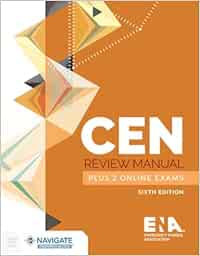 Cen Review Manual, 6th Edition (PDF)
1 × 15 $
Cen Review Manual, 6th Edition (PDF)
1 × 15 $ -
×
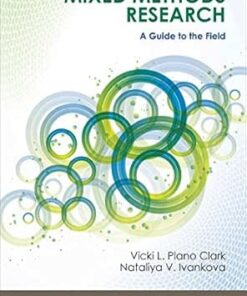 Mixed Methods Research: A Guide to the Field (Mixed Methods Research Series Book 3) (EPUB)
1 × 5 $
Mixed Methods Research: A Guide to the Field (Mixed Methods Research Series Book 3) (EPUB)
1 × 5 $ -
×
 Aquatic Fitness Professional Manual, 8th Edition (EPUB)
1 × 7 $
Aquatic Fitness Professional Manual, 8th Edition (EPUB)
1 × 7 $ -
×
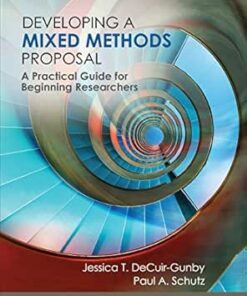 Developing a Mixed Methods Proposal: A Practical Guide for Beginning Researchers (Mixed Methods Research Series Book 5) (EPUB)
1 × 5 $
Developing a Mixed Methods Proposal: A Practical Guide for Beginning Researchers (Mixed Methods Research Series Book 5) (EPUB)
1 × 5 $ -
×
 Managing Sport Facilities, 5th Edition (EPUB)
1 × 10 $
Managing Sport Facilities, 5th Edition (EPUB)
1 × 10 $ -
×
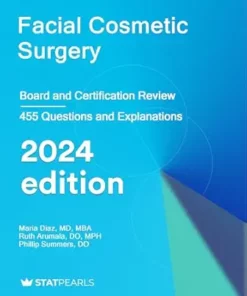 Facial Cosmetic Surgery: Board and Certification Review, 2024 Edition (EPUB + Converted PDF)
1 × 40 $
Facial Cosmetic Surgery: Board and Certification Review, 2024 Edition (EPUB + Converted PDF)
1 × 40 $ -
×
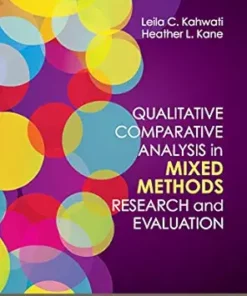 Qualitative Comparative Analysis in Mixed Methods Research and Evaluation (Mixed Methods Research Series Book 6) (EPUB)
1 × 5 $
Qualitative Comparative Analysis in Mixed Methods Research and Evaluation (Mixed Methods Research Series Book 6) (EPUB)
1 × 5 $ -
×
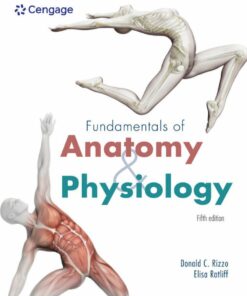 Fundamentals of Anatomy and Physiology, 5th Edition (PDF)
1 × 15 $
Fundamentals of Anatomy and Physiology, 5th Edition (PDF)
1 × 15 $ -
×
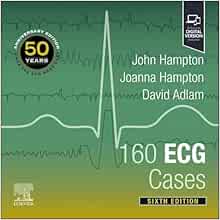 160 ECG Cases, 6th Edition (PDF)
1 × 10 $
160 ECG Cases, 6th Edition (PDF)
1 × 10 $ -
×
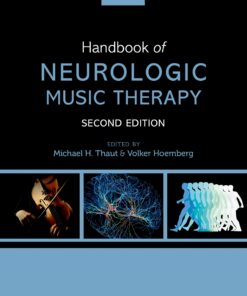 Handbook of Neurologic Music Therapy, 2nd Edition (EPUB)
1 × 6 $
Handbook of Neurologic Music Therapy, 2nd Edition (EPUB)
1 × 6 $ -
×
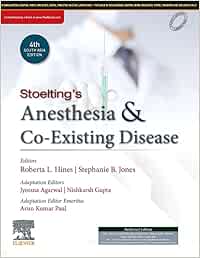 Stoelting’s Anesthesia and Co-Existing Disease, 4th South Asia Edition (PDF)
1 × 10 $
Stoelting’s Anesthesia and Co-Existing Disease, 4th South Asia Edition (PDF)
1 × 10 $ -
×
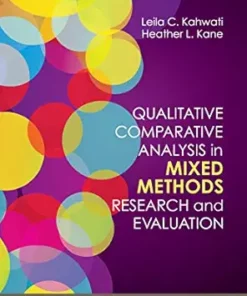 Qualitative Comparative Analysis in Mixed Methods Research and Evaluation (Mixed Methods Research Series Book 6) (PDF)
1 × 5 $
Qualitative Comparative Analysis in Mixed Methods Research and Evaluation (Mixed Methods Research Series Book 6) (PDF)
1 × 5 $ -
×
 Radiology Vascular and Interventional: Board and Certification Review, 2025th Edition (EPUB + Converted PDF)
1 × 40 $
Radiology Vascular and Interventional: Board and Certification Review, 2025th Edition (EPUB + Converted PDF)
1 × 40 $ -
×
 Clinical and Ethical Dilemmas in Palliative and End-of-Life Care (PDF)
1 × 5 $
Clinical and Ethical Dilemmas in Palliative and End-of-Life Care (PDF)
1 × 5 $ -
×
 Mixed Methods in Health Sciences Research: A Practical Primer (Mixed Methods Research Series Book 1) (EPUB)
1 × 5 $
Mixed Methods in Health Sciences Research: A Practical Primer (Mixed Methods Research Series Book 1) (EPUB)
1 × 5 $ -
×
 Complete Running Back (EPUB)
1 × 5 $
Complete Running Back (EPUB)
1 × 5 $ -
×
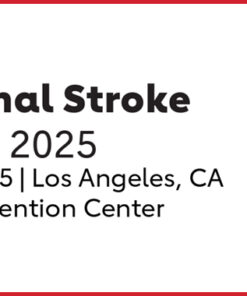 American Heart Association International Stroke Conference 2025
1 × 100 $
American Heart Association International Stroke Conference 2025
1 × 100 $
Original release date: April 7, 2025
Course Description
The Arthur Purdy Stout Society of Surgical Pathologists and USCAP continue their collaborative commitment to providing superb education for practicing pathologists. The Sixth Edition of Modern Surgical Pathology Through the Expert Eyes of APSS-USCAP is designed to eliminate a variety of practice gaps in diagnostic surgical pathology. The faculty’s review of the literature and collective clinical experience as consultant surgical pathologists have revealed areas that remain problematic for pathologists. Examples include the evaluation of invasion in biopsies of the genitourinary tract and cervix, the classification of inflammatory conditions of the skin, the distinction between neuroendocrine tumors of the GI tract, the differentiation between reactive and neoplastic changes in the female genital tract, and the differential diagnoses of problematic breast tumors.
This course attempts to help pathologists eliminate diagnostic errors by highlighting pitfalls and providing approaches to resolve them using routine microscopic examination and immunohistochemistry. The roles of adjunctive molecular tests will be discussed as appropriate. Thus, this course will address both medical knowledge and competence with the goal of improving clinical practice.
This course is a collaboration between the Arthur Purdy Stout Society of Surgical Pathologists (APSS) and USCAP.
This course offers digital slides for each case presented. You can view the case history and whole slide image (WSI) as unknowns by selecting Pre-session Slide Preview, or you can refer to the slides as you watch each video.
Target Audience
Practicing academic and community pathologists, and pathologists-in-training
Learning Objectives
Upon completion of this educational activity, learners will be able to:
- Eliminate diagnostic errors by recognizing typical pitfalls and utilizing provided approaches to resolving these pitfalls in surgical pathology using both routine microscopic examination of H&E-stained sections and immunohistochemical stains.
- Discuss the uses and limitations of immunohistochemistry in diagnostic surgical pathology.
- Discuss the role of newer adjunctive molecular tests where appropriate.
- Address both medical knowledge and competence with the goal of improving clinical practice.

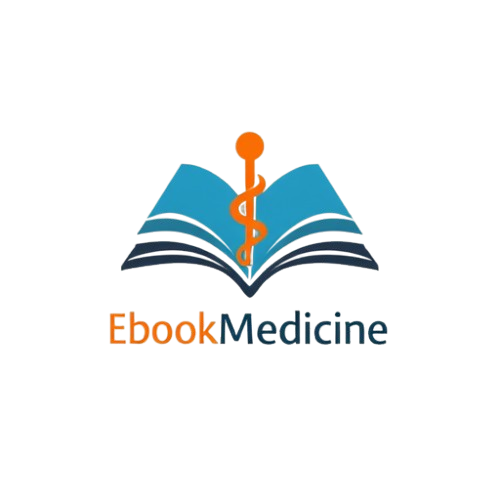






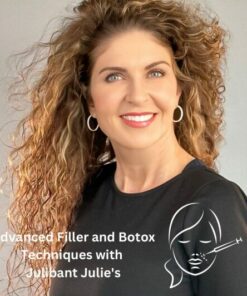
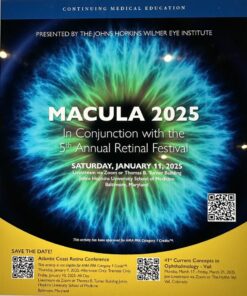



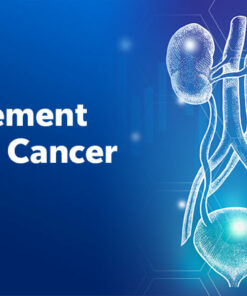

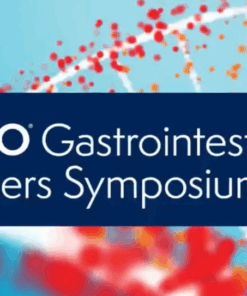

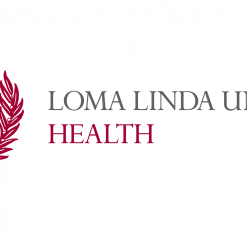
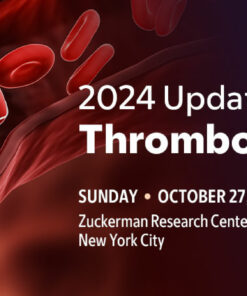



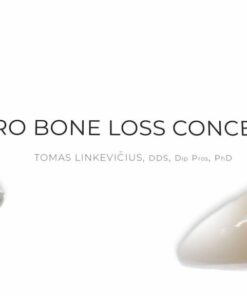


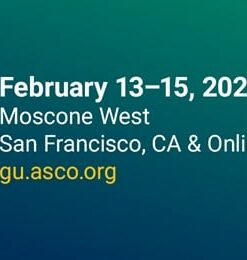
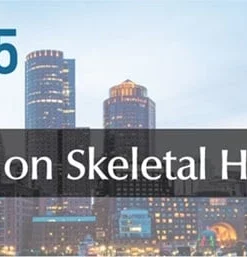
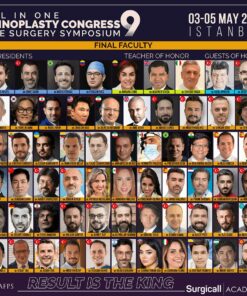
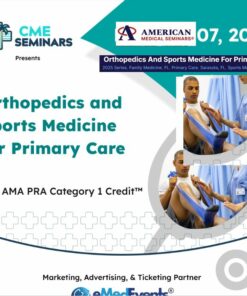
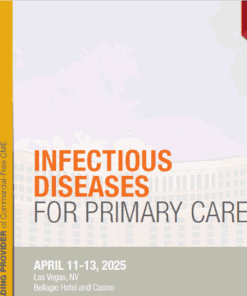

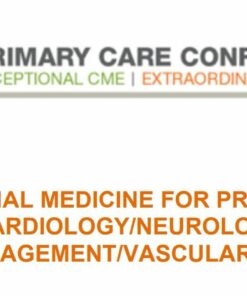
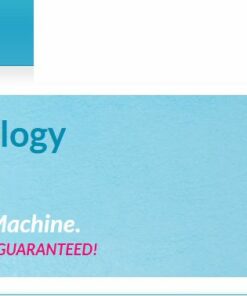
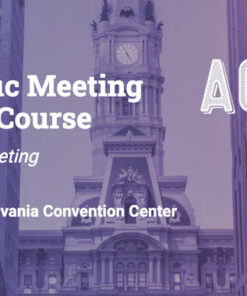
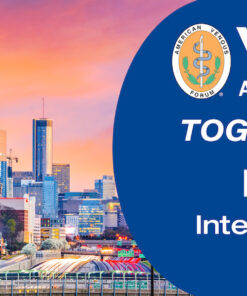

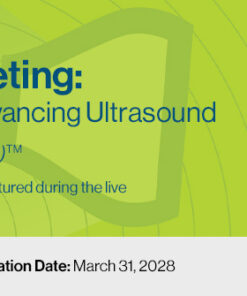
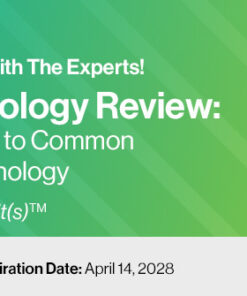

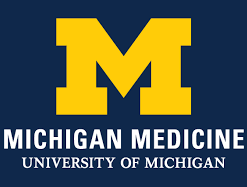
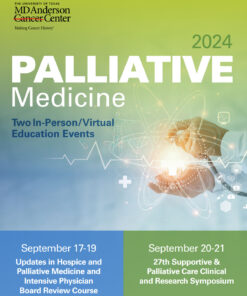


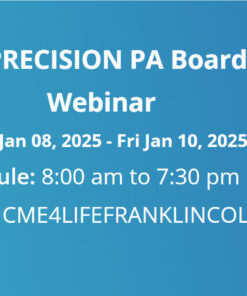
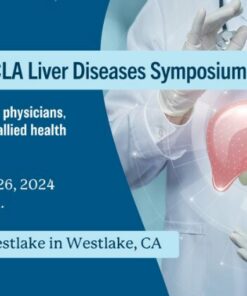


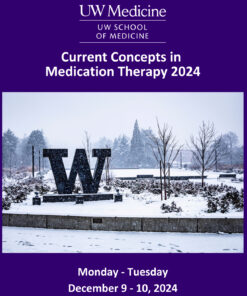

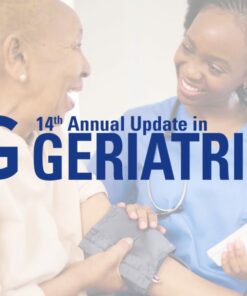
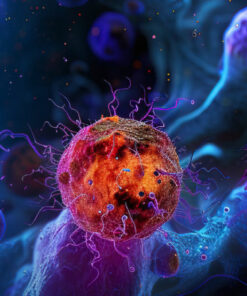
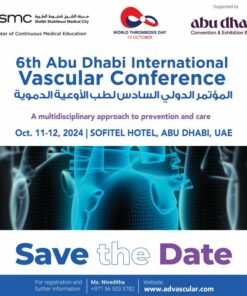

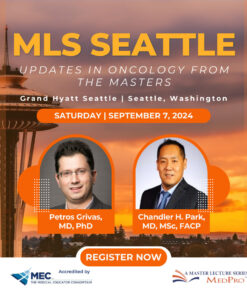

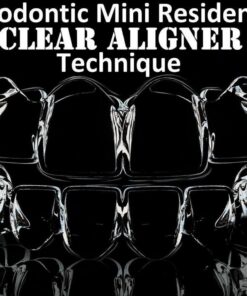
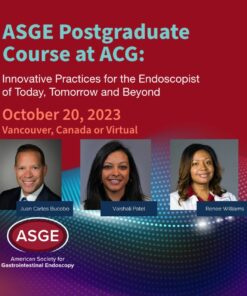





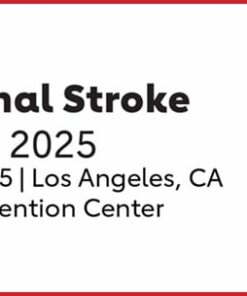
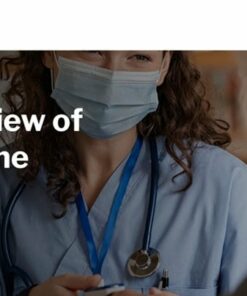
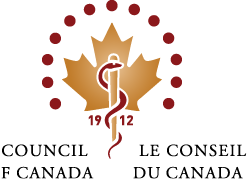



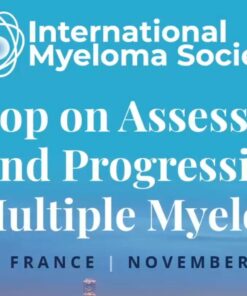
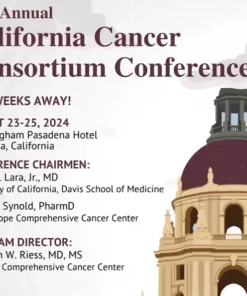
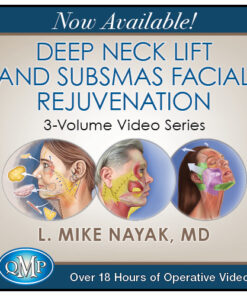
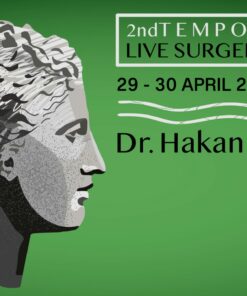





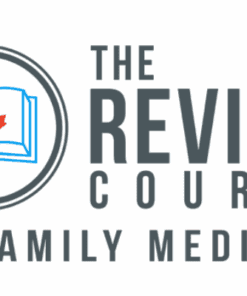
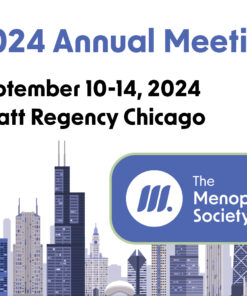
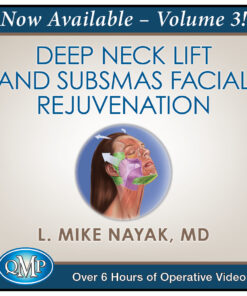

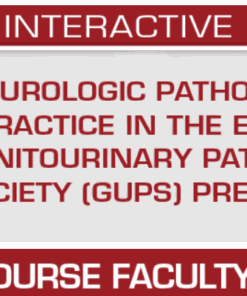
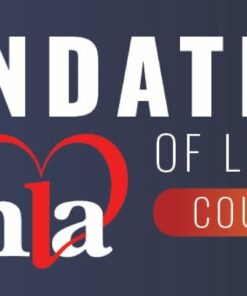

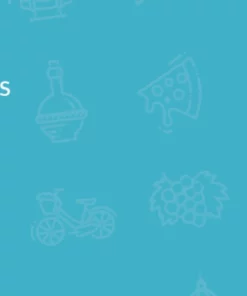

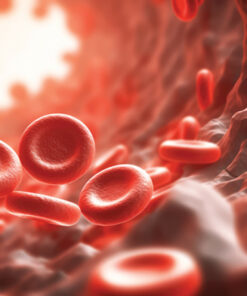
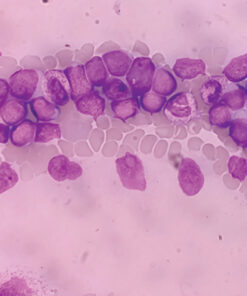
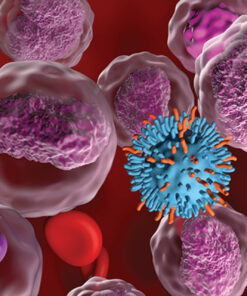
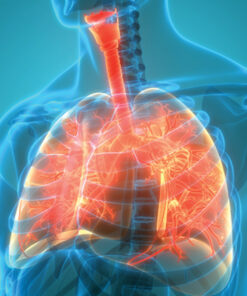
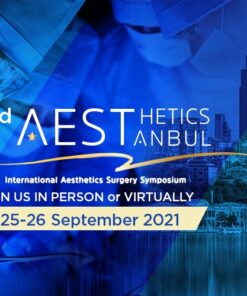

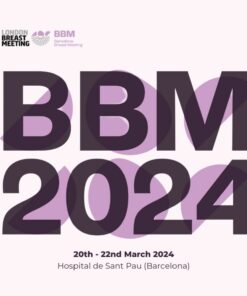
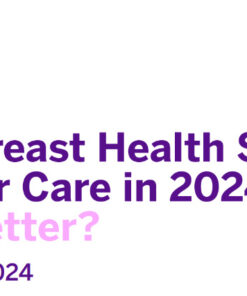
Reviews
There are no reviews yet.